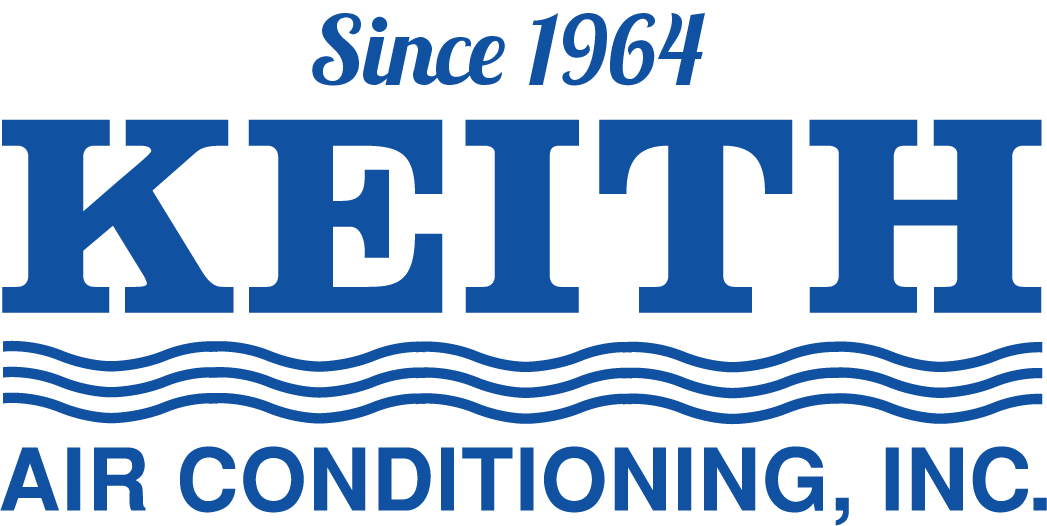As you get your Mobile, Alabama home ready for the heating season, it’s not a bad idea to review some fire safety and home heating tips. A significant percentage of residential fires each year are related to home heating systems. According to the U.S. Fire Safety Administration, from 2008 to 2010, and an average of 50,000 fires related to home heating resulted in about 150 deaths, 575 injuries, and $326 million in lost property. Heating-related fires were said to be the second most common cause of residential fires, following fires related to cooking.
Fire Safety and Home Heating Tips
- Heating systems such as gas furnaces and boilers are often the culprit in residential fires. A carbon monoxide leaks is another serious problem. That’s why it is essential to schedule annual maintenance for your home’s heating system. A trusted HVAC technician will inspect every part of your furnace, boiler, or heat pump system to make sure it’s installed and connected safely. He or she will clean parts, check vents, and if necessary, recommend an upgrade if your system is old and unsafe.
- If you use space heaters in your home, follow the manufacturer’s recommendations for safe operation. Don’t continue to use space heaters with damaged cords, damaged connections, or other issues. Don’t leave them in places where they can be knocked over accidentally by you, children, or pets, or where they can ignite a curtain or other flammable object. Even then, the space heater should have an automatic shut-off mechanism if tipped over.
- If you have a fireplace or wood stove, annual inspection and cleaning, preferably before the heating season, is just as important. A common problem with older homes is cracked fireplace liners or liners with mortar chipped away between sections. If this is the case with your fireplace, dangerous fumes or flames can escape the fireplace and endanger your home and family. Never throw away warm fireplace ashes near your home.
For more information about fire safety and home heating, please contact Keith Air Conditioning, Inc. today at 251-476-3610. Our skilled technicians can provide advice and services to keep you safe and comfortable this winter.



